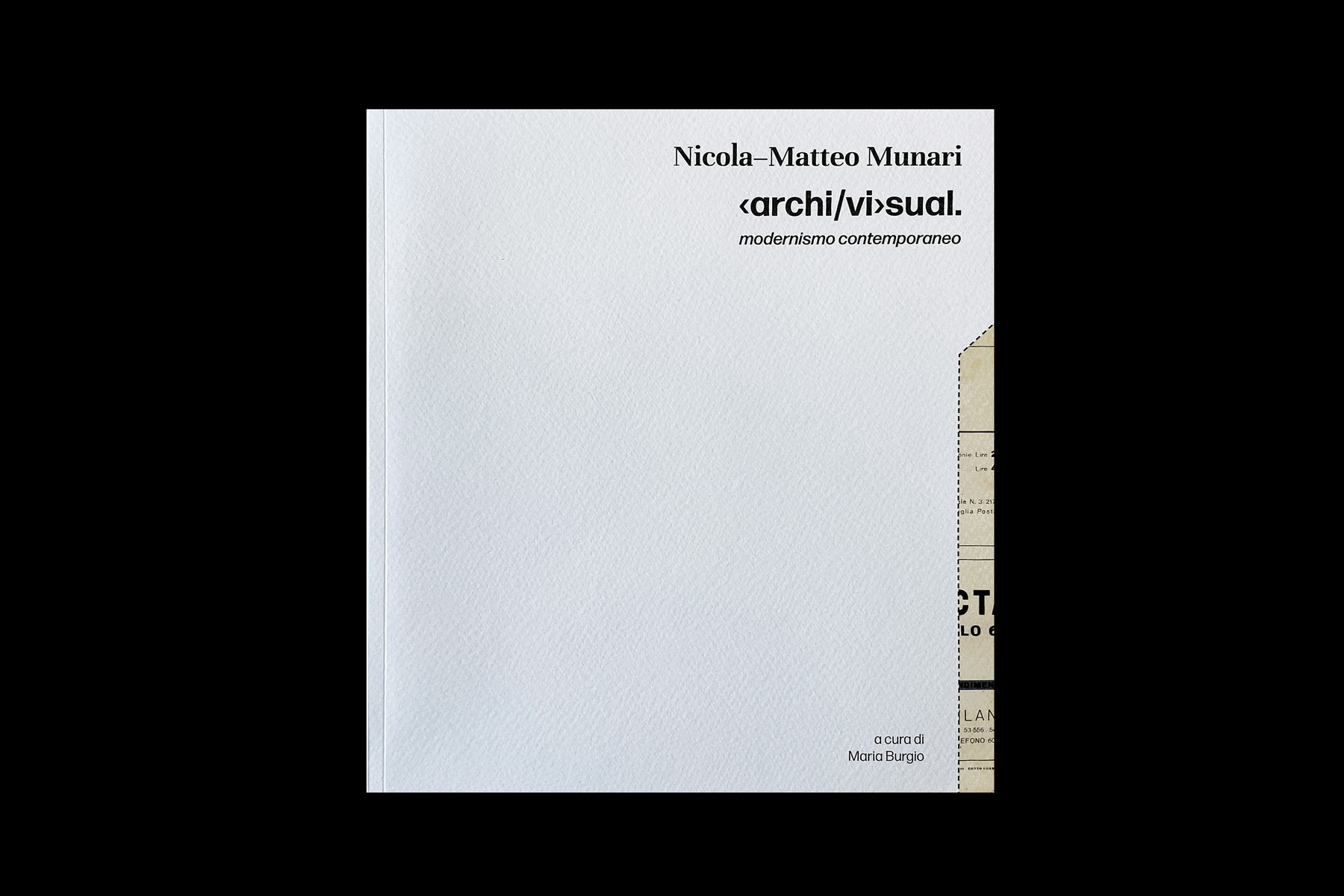Contemporary Modernism.
Monograph about Nicola-Matteo Munari
Edited by Maria Burgio
Edited by Maria Burgio
«archi/vi»sual is a monograph dedicated to the work of Nicola-Matteo Munari edited by Maria Burgio for the Department of Design and Applied Arts of the Catania Academy of Fine Arts.
The title refers to the three fundamental values that characterise the work of Munari—the architectural approach towards the design; the archiving of projects done with the purpose of promoting a deeper understanding of design; and the visual expression which is the typical language of graphic design.
The subtitle—contemporary modernism—indicates the belonging of Munari to the values and vision of a timeless design.
The monograph includes an interview based on the questions that Munari himself asked many times to other designers for the publication of the website Designculture.
A special thank goes to Maria Burgio for having conceived and designed the monograph.
The title refers to the three fundamental values that characterise the work of Munari—the architectural approach towards the design; the archiving of projects done with the purpose of promoting a deeper understanding of design; and the visual expression which is the typical language of graphic design.
The subtitle—contemporary modernism—indicates the belonging of Munari to the values and vision of a timeless design.
The monograph includes an interview based on the questions that Munari himself asked many times to other designers for the publication of the website Designculture.
A special thank goes to Maria Burgio for having conceived and designed the monograph.
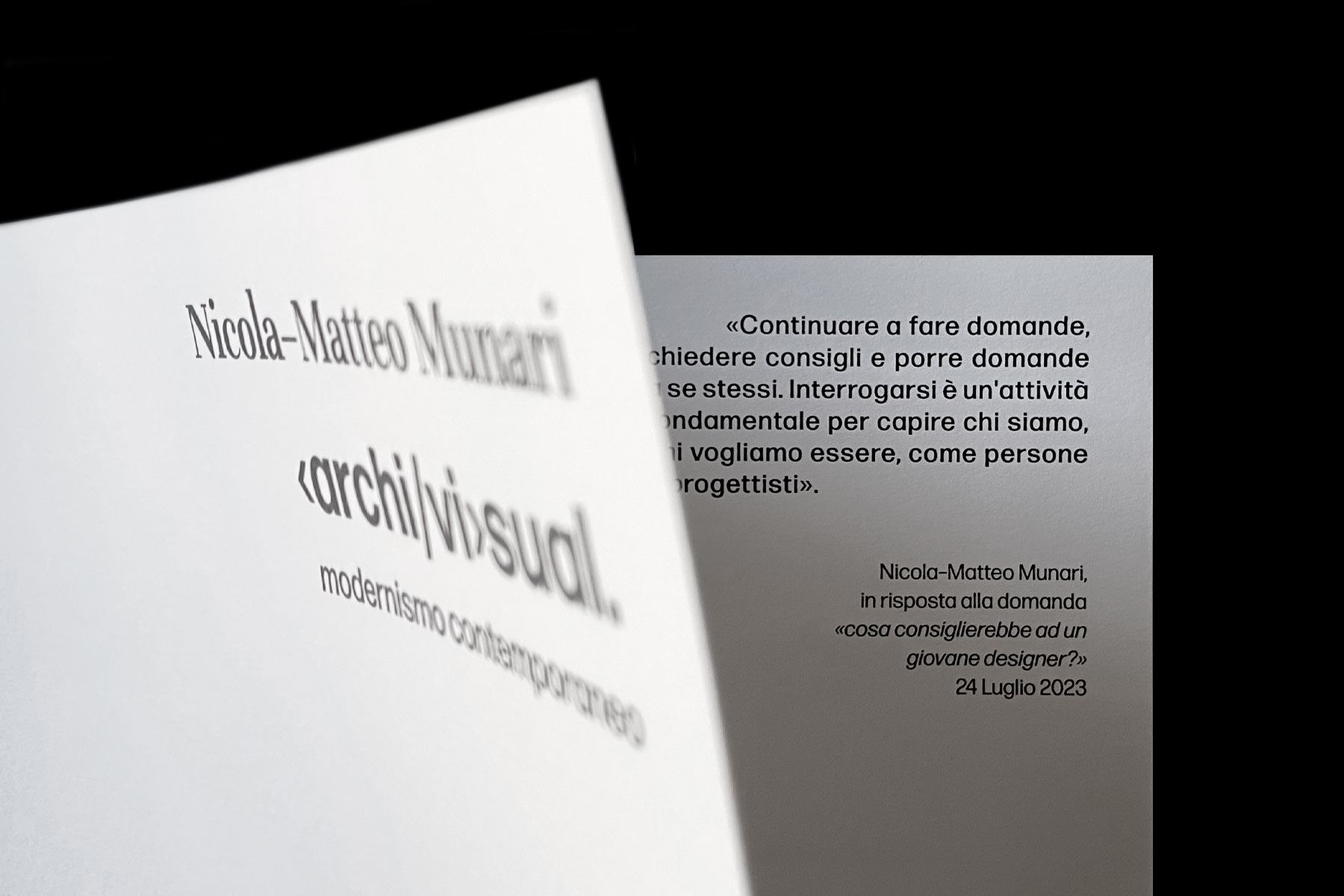 Ph. © Nicola-Matteo Munari
Ph. © Nicola-Matteo MunariNMM: From a personal point of view Italo Lupi, with whom I had the pleasure of working closely for a few years. Being two very different designers, he didn’t influence so much my way of designing but he contributed to my general education as a professional.
Moreover, I believe that is of great importance the connection that we can establish with designers from the past by reading their writings, observing their work and understanding their approach towards the design. In this sense, I feel myself culturally enriched by many designers who left us their thoughts as part of their legacy, like Bob Noorda, Bruno Munari and Massimo Vignelli.
While beyond graphic design, I consider Adolf Loos as a fundamental influence since, through his publications, he contributed more than anyone else to my understanding of design in a modern way.
If I think to my own design, the essence, the search for accuracy, the sense of measure and the desire to give both an aesthetic and a cultural contribution. More in general, I believe that the characteristics should change on a case-by-case basis. Among the main characteristics there is indeed the appropriateness, even if a good design shouldn’t be only appropriate but has to aesthetically enhance the product of design and the content of the communication.
Indeed I believe that the quality of form is of fundamental importance in design, because aesthetics not only is functional to use, but is an integral part of the function itself. In this sense, an intelligent and high quality aesthetics should be an essential characteristic of a project in order to be considered an example of good design.
Design shouldn’t be aesthetically cheap. At least marketing could be, because the main concern of marketing are sales so appropriateness is only conceived as a way of adhering to a status quo. On the contrary, design is based on social premises that imply the need for an improvement by giving a useful contribution.
Furthermore, I would say that I don’t believe in the notion of good design. To me design is always good, otherwise it is not design at all. The goodness of design, and therefore its usefulness, is integral to the notion itself of design as a profession. And that is precisely why the profession of design originated, otherwise it should has continued to exist in the form of applied art.
High quality aesthetics is that contributing to enhance the object that it characterises. It is the one that, through its quality, offers a contribution of value. In the field of design is that which is not only appropriate and functional, but capable to provide an improving contribution. This is true regardless of its shape. In fact, I don’t believe that there are good and bad aesthetics, but many, perhaps infinite, valuable aesthetics, just as many valueless aesthetics.
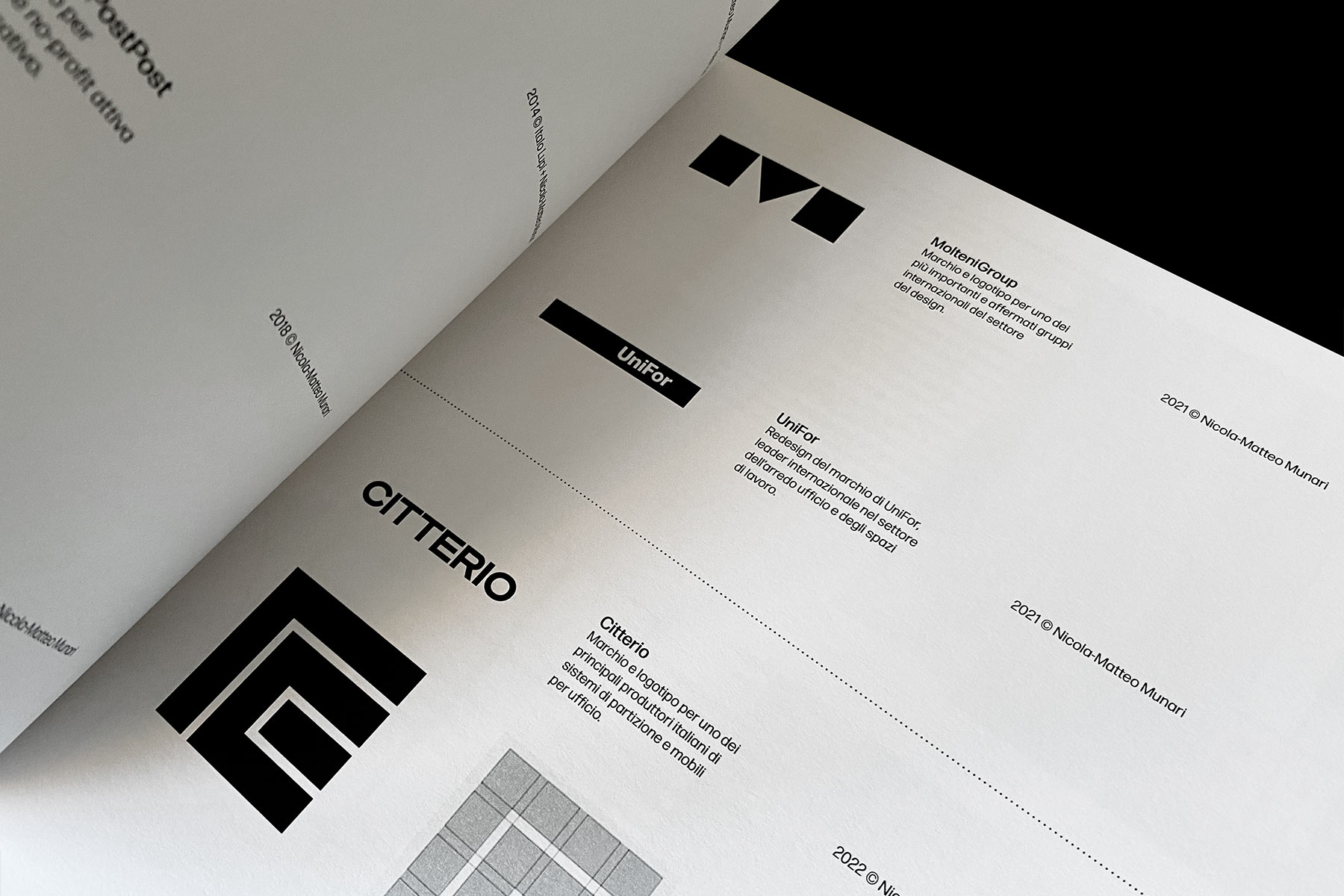 Ph. © Nicola-Matteo Munari
Ph. © Nicola-Matteo MunariI am an Italian designer working in Italy, so my perception of Italian graphic design is affected by this condition. Anyway, if I think to foreign students to whom I gave classes during the past years, I believe there is a growing interest towards Italian contemporary graphic design, but it is still not very well known. While there is a good understanding of historical Italian graphic design, which is widely known and appreciated.
Today a large part of knowledge is spread through the social media, which I do not believe are the right media to offer and generate a real understanding of the state of the profession. It is quite common to see social pages of important studios or designers with very few followers and those of complete strangers, mostly amateur designers whose projects are in fact exercises with an end in themselves, with an unjustified number of followers.
To generare a better understanding of Italian contemporary graphic design, a deep commitment would be needed on part of professional associations, but done with a view to selectivity aimed at enhancing the cultural quality of design.
The difference lies in the different intentions and the different notion of the two disciplines—design didn’t originate to be art and art didn’t originate to be design. On the contrary, historically the design originated precisely in order to differentiate itself from a form of art, which was that of applied art. In this sense, the purpose of design is not that of being an art form and its function is not that of expressing an artistic value.
That said, when the purpose of design is accomplished and its function stops to be required, the product of design holds its aesthetic value that could demonstrate a great artistic value in its own respect. Let’s think about the posters designed by Wim Crouwel for the Stedelijk Museum. Are they works of art? In the original design intention certainly not, but today, accomplished their original function, there is no doubt that they are an example of extraordinary works of art that deserve to be displayed in the most important art museums.
Also, I believe that a product of design could become a work of art when, by passing of time, it became not only a project but the testimony of a design project and therefore an example of a design culture, thus acquiring an historical, cultural and artistic value.
I also like to think that, at some point, the history of art evolved into the history of design, that actually replaced the presence and the social importance of art. That is why art inevitably become more inaccessible and incomprehensible having necessarily to constitute a luxury good and a form of exclusivity. It would be nice if the history of design were taught in continuity with the history of art and if works of art and design objects were exhibited side by side in art museums.
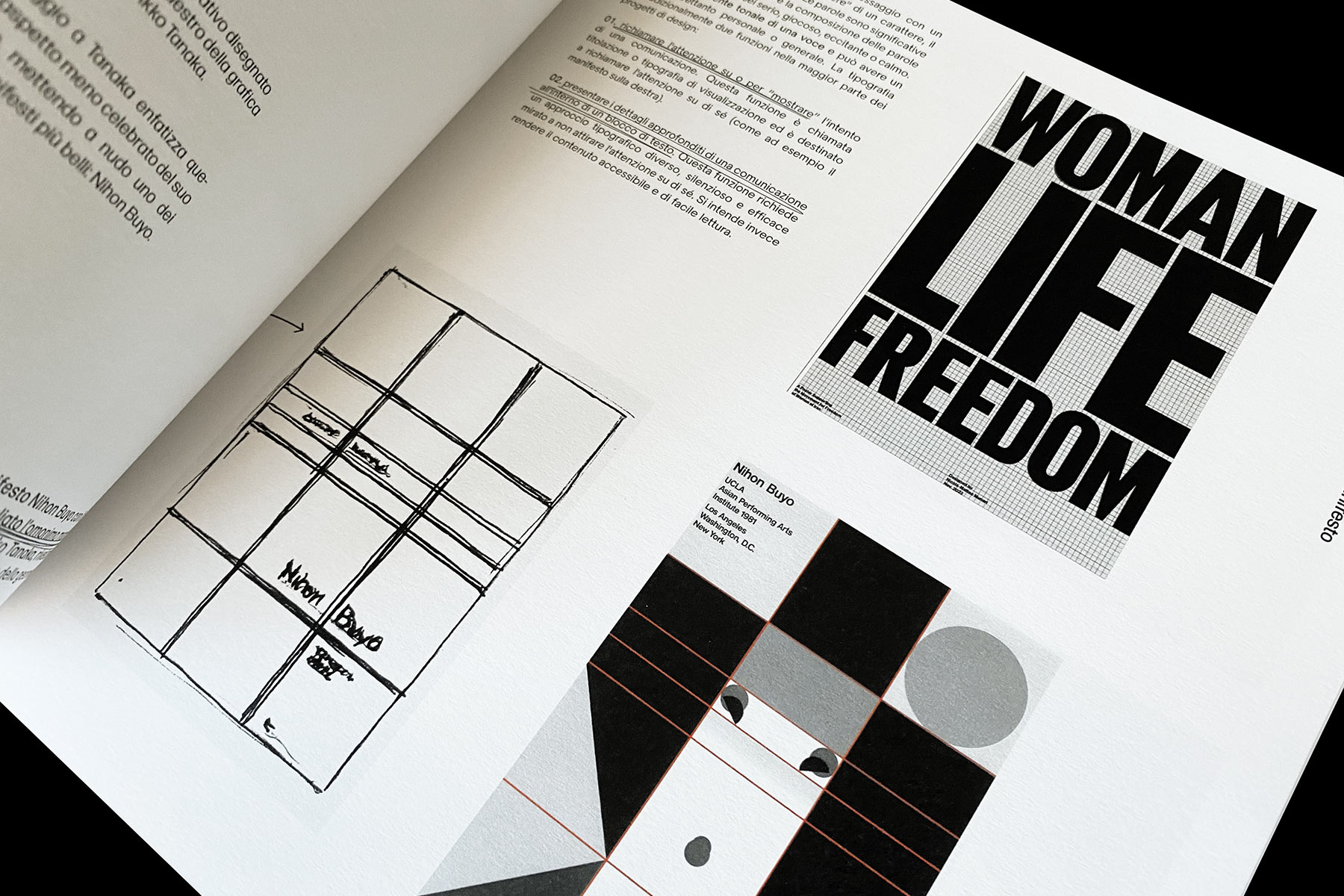 Ph. © Nicola-Matteo Munari
Ph. © Nicola-Matteo MunariOf course there are and, through the internet and the social media, they are spreading even more. Of course these are schools and orientations that cut across places and contexts, which more than anything represent stylistic orientations without cultural foundations, but I think it was more or less the same also in the past. Anyway, I believe that it is important that there are still today freely shareable schools and orientations in design.
Considering that I am a young designer myself, I think I can still receive a lot of advice before I can give any to others. Perhaps, one might be to keep asking for advice and asking questions, in particular to ourselves. I believe that questioning ourselves is a fundamental activity to understand who we are and who we want to be, both as individuals and designers, directing our design and our life accordingly.
Beyond personal events, having attended the Art Lyceum allowed me to increase my interest in art, cinema, architecture as well as graphics and photography. This is in particular thanks to Antonio Romano, a teacher and artist who I had first as professor of visual education and then of graphic design.
Later, having briefly attended the Politecnico University of Milan allowed me to dedicate myself to the study of architecture, developing an architectural approach to graphic design.
Finally, the studies at the Polytechnic School of Design of Milan (SPD), where I was able to learn the foundations of both typography and graphic design.
I would add that for me these moments of academic education are not necessarily important as such, but they become important through the personal desire to grow culturally. In fact, I am convinced that a good education is largely self-taught.
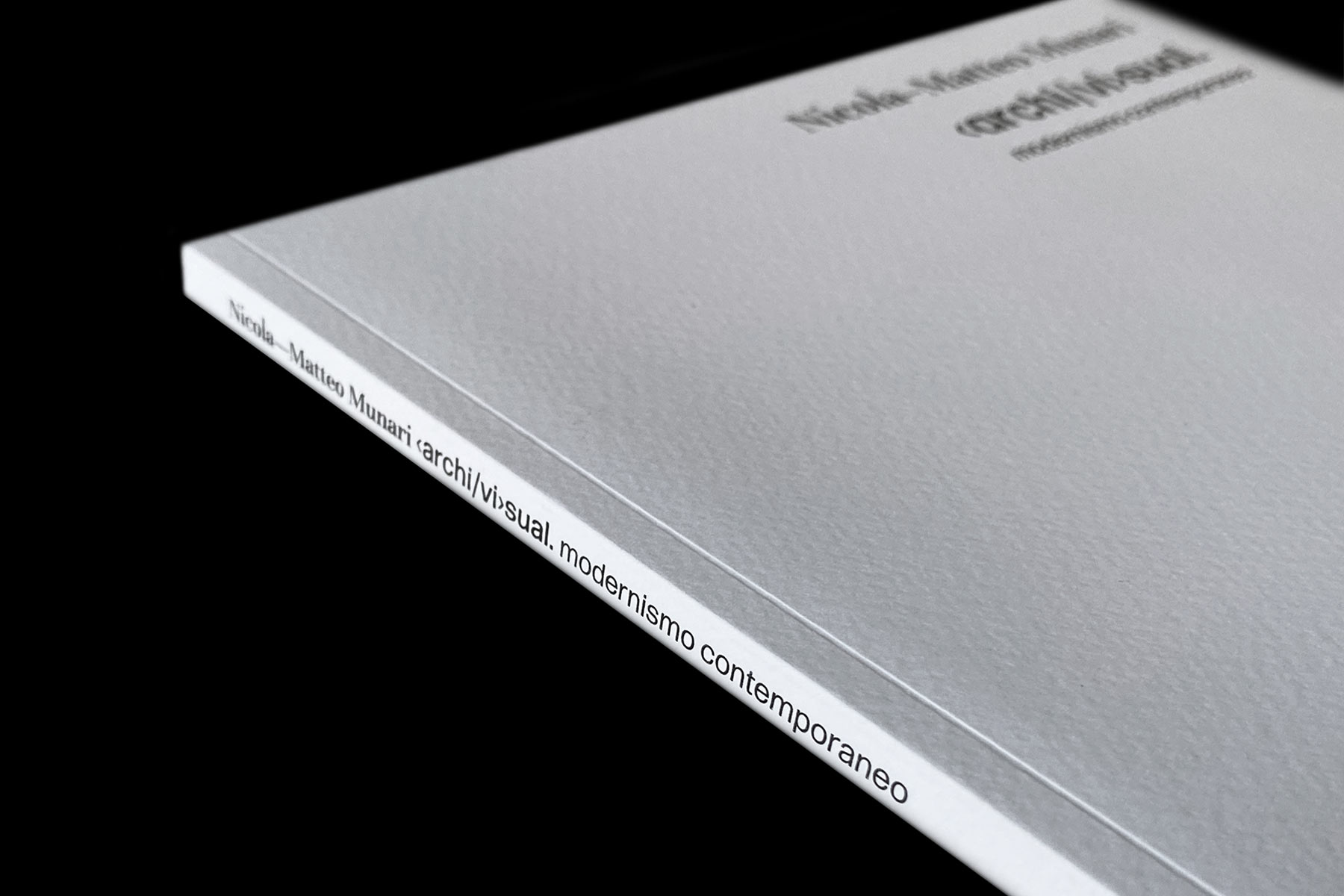 Ph. © Nicola-Matteo Munari
Ph. © Nicola-Matteo MunariI have actually had to explain it to children and, given the lack of understanding of our profession, it is often necessary to explain it in the same way to adults too. With children I tend to simplify as much as possible, talking about drawing and not design, because it is easier to make them understand that everything that is built is drawn first.
So, in a nutshell, the work is this: I imagine what shape I want to give to something, taking into consideration the use that will be made of it, then I draw that thing with that shape in order to show whoever has to build it how to build it the right way.
For a while when I was a child I wanted to be a forest ranger and, if I think about it now, I think I would enjoyed it. Actually, I have always wanted to be an architect, which for me meant being a designer in a very broad sense—not just houses but also furniture, lamps, objects, books, typefaces and so on, in the tradition of the modern designers of the twentieth century, many of whom actually had a background in architecture. Always with a great interest in art. In the end, I think I am doing precisely what I really wanted to do.
I have always had lots of toys, but I have never needed to play a game you can call with a name. I simply had a lot of imagination and that was enough for me to run and jump everywhere, fantasising about anything.
There are actually two games I played that may have influenced my passion for design and architecture. My father made me draw and cut out of paper wine bottles, inventing together the shape and colour but also the label and the name of the wine itself, thus developing a creative sensitivity for design. While later, I designed many interiors of houses, seen in plan and perspective, imagining every detail from the windows to the skirting boards, up to the furnishings complete with all the books in the bookcases.
At the elementary school geography, at the middle school history, at the art school history of art, and later typography.
Both. Paper and pen to capture the immediacy of ideas and stimulate creativity. The computer to design in a clear and consistent way. For sure the more complex a project is the more pen and paper are always useful. They help you find a synthesis that allows to better understand structure, proportions and composition.
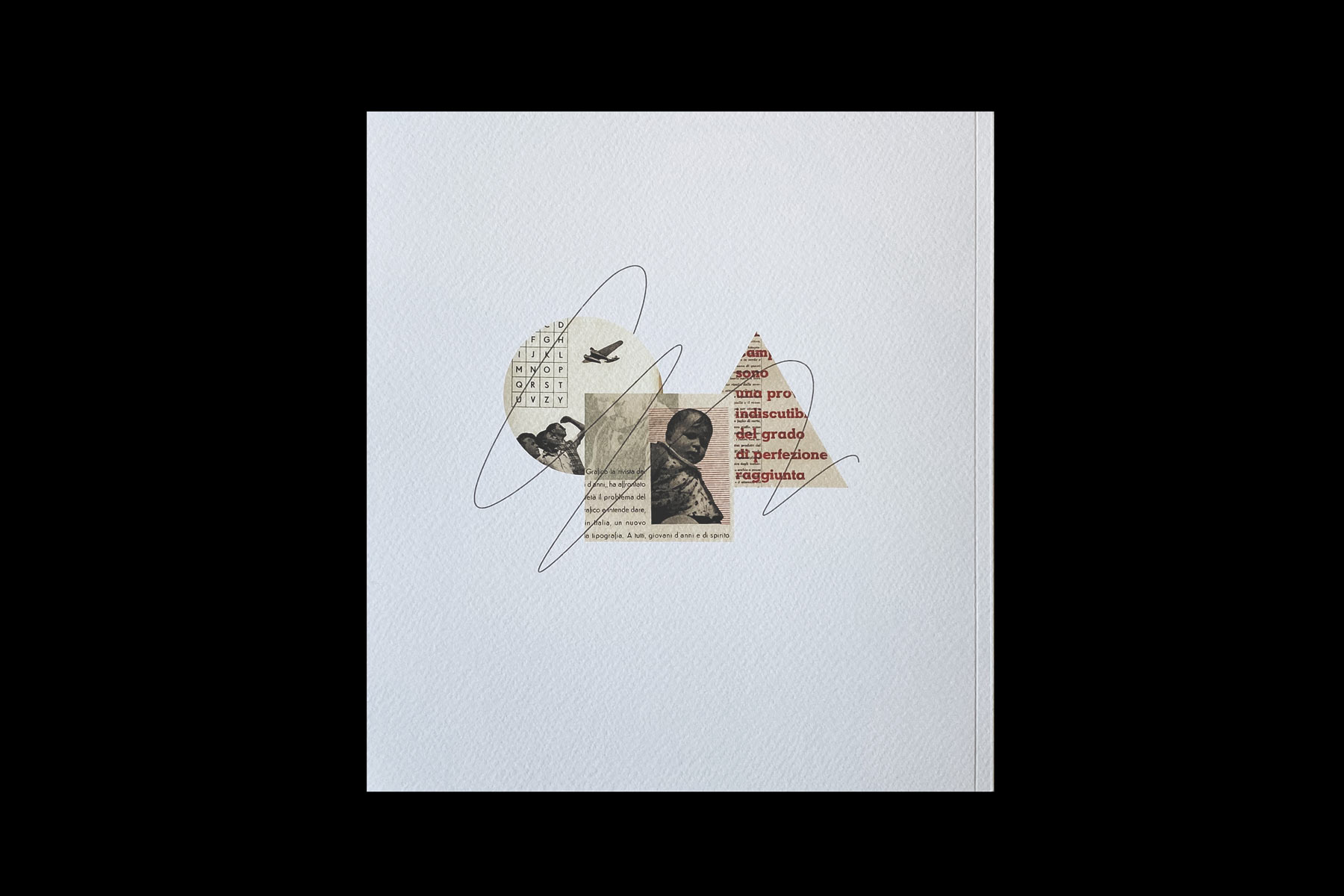 Ph. © Nicola-Matteo Munari
Ph. © Nicola-Matteo MunariFor me the plasticity of Helvetica, or rather the Neue Haas Grotesk, is of an extraordinary modern beauty. For sure it is not a one-size-fits-all typeface, but no one is. (Personally, I tend to use Univers more often than Helvetica, or I experiment with other typefaces, but always within the same typographic language.) Anyway, the importance that Helvetica had in the history of graphic design, especially in Italian graphic design, and the influence it continues to have on contemporary production is beyond question.
Among those of other designers, perhaps the Milan Metro signage by Bob Noorda. Among mine, perhaps the Nihon Buyo poster with which I revealed the beauty of geometry of the homonymous poster by Ikko Tanaka. This in addition to Designculture and Archivio Grafica Italiana, with which I feel like I have done something useful and important for others and for the graphic design profession.
For now I can say that the thing that makes me happiest is the fact that my most recent projects almost always seem better than those I have done previously. And this makes me think that I am improving as a designer and that as I gain more experience, I am continuing to learn. I think this is the most important thing.
To me books are among the most beautiful and important things, so choosing only one book is very difficult. If I think about design in general, the first book that comes to my mind is ‘Words in the Void’ by Adolf Loos, but I would also like to mention ‘Da cosa nasce cosa’ by Bruno Munari and ‘Architecture and happiness’ by Alain de Botton.
While if I think only to graphic design, for me the most beautiful and interesting books are visual identity manuals, which more than any other book represent books that are actually dedicated to graphic design. I have many of them, some designed by legendary studios and designers such as Unimark International, and I have been designed several myself.
The best, perhaps, are those who have been able to give a contribution that is not only technical but also cultural, in terms of design and collective visual culture, for instance the ‘NASA Graphics Standards Manual’. Another interesting example could be ‘Graphic Design for Non-Profit Organizations’ by Peter Laundy and Massimo Vignelli, which is a sort of manual-of-manuals, being a guide for designing a corporate identity itself.
© Nicola-Matteo Munari
Published by ABA Catania,
July 2023
